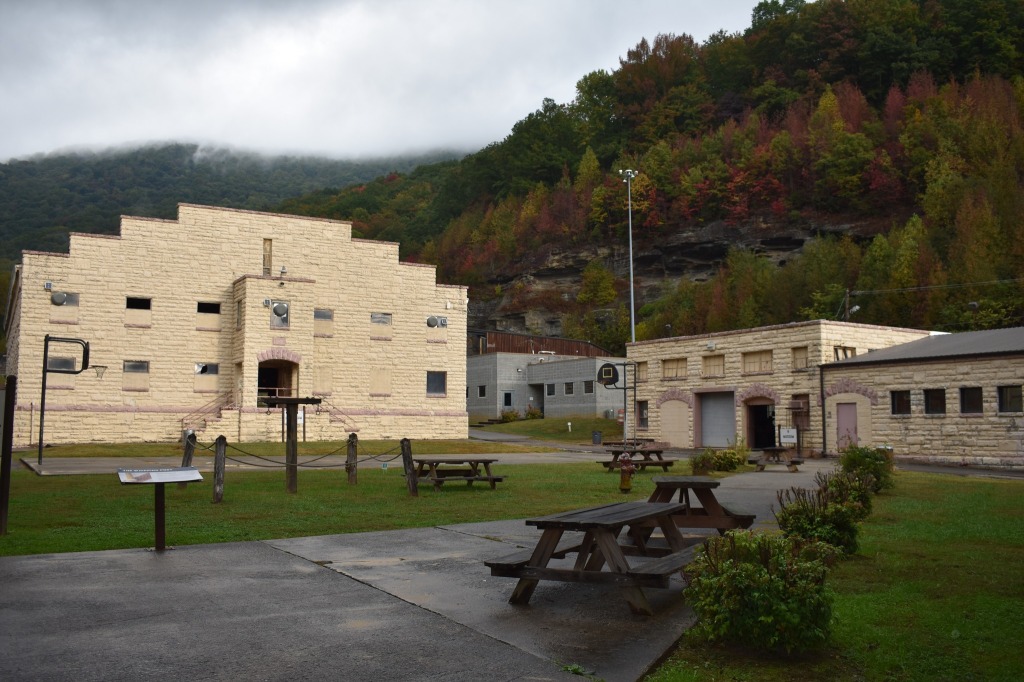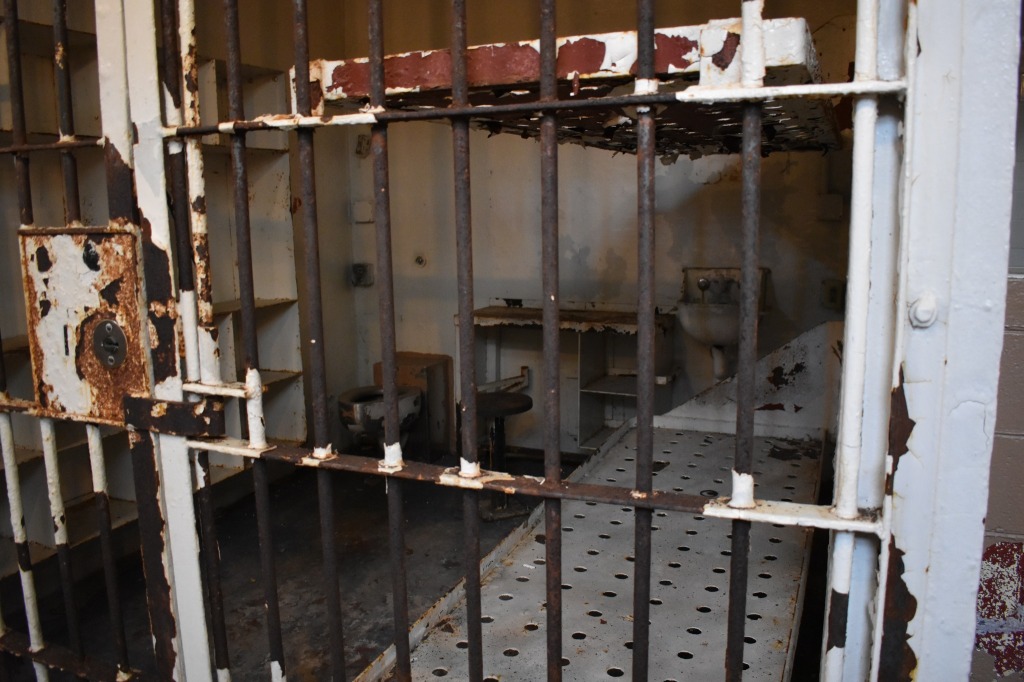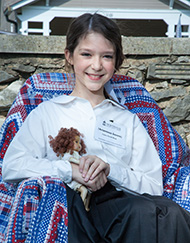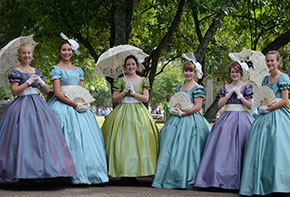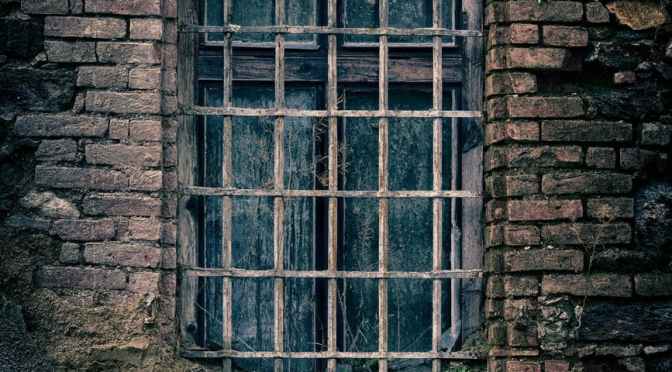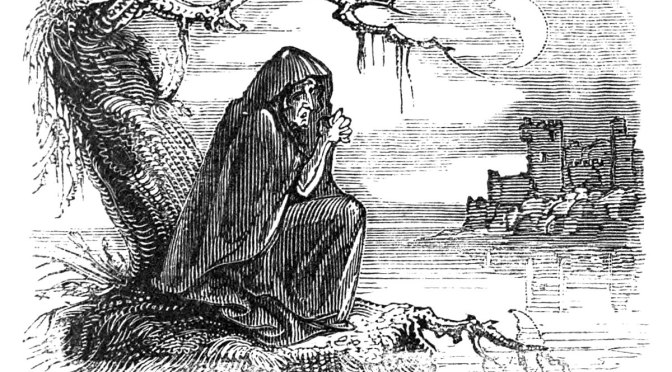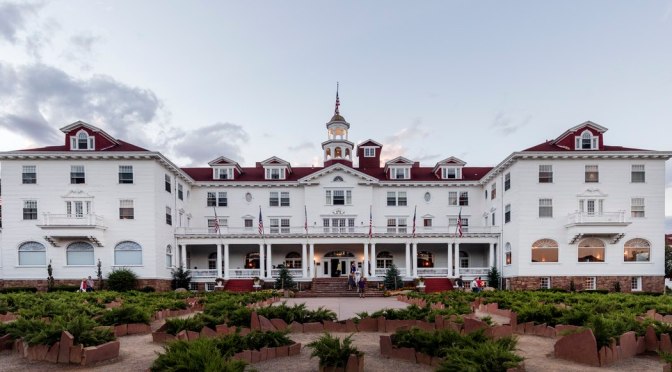If you’re into horror, ghosts, or Stephen King, you’ve probably seen The Shining. Or in the least, you’ve heard of the movie or the book. But did you know there’s some truth to the story?
Background:
The Stanley Hotel is situated in Estes Park, Colorado. This 140-room hotel has seen multiple renovations since its creation. It offers over 14,000 square feet of meeting and event space and has all the amenities you would hope from a hotel of its reputation. Comfortable beds, free wi-fi, dining options, and so on.
Now, let’s back up to 1903. 100+ years ago. Inventor Freelan Oscar Stanley arrived in the valley, not in the best of conditions. He was weak and malnourished from fighting tuberculosis. One season surrounded by this beautiful mountainous land restored his health and gave him a renewed hope.
There was one drawback. Freelan and his wife were more accustomed to the sophistication and upper class of the East Coast Society. Estes Park offered little to their lifestyle, so together, they would build a luxurious hotel to fit their needs. In 1909 the doors of the Stanley Hotel opened for business. Within ten years, the hotel was declared an official municipality with water works, a power plant, and civic organizations.
Like most things, the excitement over the grand hotel lost its momentum. That is, until a well-known author visited. Stephen King. One night in the Stanley Hotel inspired the author’s third major work and first hardcover bestseller-The Shining.
Tales of the Paranormal:
Although the Stanley Hotel has seen its share of famous guests, those aren’t the only ones that frequent the halls. We’re, of course, referring to ghostly spirits.
Perhaps, the most famous of these ghosts are the Stanley couple themselves-Freelan and Flora. Guests often report seeing them. Mr. Stanley is mostly seen in the lobby and the Billiard Room, while his wife has been caught playing the piano in the Ballroom.
Then, we have the guestrooms that are said to be haunted. Room 407 is frequented by Lord Dunraven, the man that once owned the property that the hotel sits on. Room 418 has a lot of activity from children’s spirits. One couple even checked out early because of how loud the children were, running up and down the halls. Yet, no children were present on the premises that day.
Here are a few specific accounts of paranormal activity:
1970. A housekeeper stated that she felt like she had entered another time when she was cleaning the ballroom. She described witnessing a room full of people in period clothing. They were oblivious to her presence, and instead, continued on with their party.
1971. A bellman claimed he found the elevator running but with no one at the controls.
1972. A night clerk spoke of feeling watched. At one point, she swore she saw Mr. Stanley himself staring at her.
1973. The Rocky Mountain Paranormal Research Society visited the hotel. During their investigation, they experienced a few strange happenings. Sounds of footsteps where there was no one. High EMF readings near the basement. Lights being turned on without anyone’s help.
Today & in Pop Culture:
The Stanley Hotel is listed on the National Register of Historic Places.
It offers various accommodations, including residencies and condominiums.
It’s open year-round to not only guests, but to those that wish to tour the property, either for the history or the chance to catch a ghostly figure.
- 1980 psychological horror film, The Shining. Directed by Stanley Kubrick and based on the novel by Stephen King.
- 1994 film Dumb and Dumber featured a hotel inspired by the Stanley & also had scenes filmed there.
- 2013-2015 Stanley Film Festival, an independent horror film festival operated by Denver Film Society.
- 2019 sequel to The Shining, Doctor Sleep. Directed by Mike Flanagan and, again, based on the novel by Stephen King.
Interesting Facts:
The hotel was almost named The Hotel Dunraven because of the original land owner. But his reputation wasn’t exactly a good one. He was an Irish man trying to claim US soil. This is why Freelan opted for the name we know the hotel as today.
The Stanley Hotel has hosted many names you might recognize, such as John Philip Sousa and Theodore Roosevelt.
When Stephen King and his wife stayed in the hotel, they were the only guests present due to it being near the end of the open season for the property. This may remind you of his characters in the movie, as they were the only guests as well, acting as caretakers. Interestingly though, it wasn’t ghost sightings and spooky sounds that brought his story to life. It was the dreams that flooded his sleep.
Author’s Opinion:
I hope to one day visit and tour the hotel myself. Not only does it have an incredible history, but the land is beautiful. Plus, as an author, I would love nothing more than to step on the same floor as the legendary Stephen King. His writing and talent in the horror genre has majorly contributed to my own love of horror and writing.
Side note – I first watched Stephen King’s The Shining years ago and have watched it numerous times since. I only recently watched the sequel, Doctor Sleep. Let me just say, if you haven’t watched these movies, do yourself a favor and plan a fun weekend where you do. The sequel was kind of incredible, in my opinion. The facts it pulled in from the first movie, the acting, the whole story plot. It was one of the best movies I’ve watched in a long time, and definitely one of the best sequels.
Sources:
stanleyhotel.com
legendsofamerica.com



